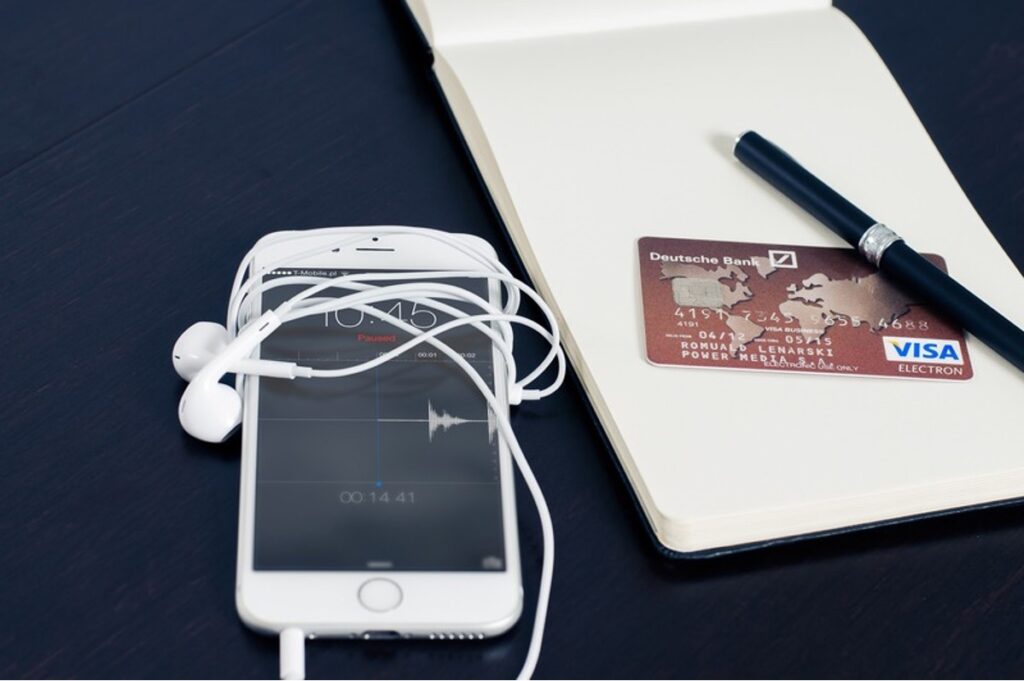Buy now, pay later (BNPL) is a popular option for individuals interested in short-term financing. Its origins date back to the early 19th century when consumers were able to set up instalment plans to purchase goods like farming equipment. Despite being around for centuries, the BNPL train isn’t slowing down as more industries are beginning to offer their customers this option, from healthcare to insurance companies. One of the most recent examples is Apple, which announced last month that this feature will be added to iOS 16 soon.
What Do We Know About Apple’s iOS 16 BNPL Feature?
iOS 16 is Apple’s latest mobile operating system, released publicly on September 12, 2022. The system promises deeper intelligence and enhanced personalisation features. Some of the most popular enhancements include lock screen editing and the ability to add widgets to your lock screen. The update also allows you to create a separate iCloud photo library and share it with up to five people.
Apple’s updated iOS 16 features page also highlights a buy now, pay later feature that will be added to the mobile operating system later. According to the fine print, qualifying customers in the United States can set up an instalment plan for a specific purchase, splitting it into four payments over six weeks. Customers will be able to access Apple’s BNPL feature in the Wallet app.
What’s The Difference Between BNPL And Credit Cards?
Apple’s entry into the world of BNPL is noteworthy as it shows the tech retailer is trying to catch up to other companies who have already cemented their names in this sector, such as Adidas, Nike, Peloton, and Best Buy. It also demonstrates that Apple is still listening to consumers’ needs, desires, and actions. For instance, according to one survey, nearly 40% of consumers have tried a BNPL service at least once. That is a telling figure from a market research perspective, but it’s still less than half of all consumers in that study’s sample size, demonstrating there are still people who haven’t utilised this short-term financing option.
A possible reason for this could be that these individuals don’t see the point since the features of BNPL are similar to traditional credit cards. While that’s true, since both allow consumers to buy goods and services and then pay for them over time, there are some key differences between the two. What consumers prefer depends on their needs and wants.



Source: Pixabay
One of the most notable differences between BNPL and credit cards is that credit cards tend to have more incentives, such as rewards. Another difference between credit cards and BNPL is there are prerequisites for applying for a credit card since you have to have a specific credit rating to acquire one. Interestingly, that’s also one of the defining differences between credit and debit cards, since debit cards only require you to have enough money in your account due to charges being immediate. For more perspective, another difference between debit cards and credit cards is debit cards tend to be more restricted than credit cards. With credit cards, you can shop online, but unless your debit card has a Visa or Maestro logo, you won’t be able to make online purchases.
Apple is making strides in the BNPL world by adding the feature to iOS 16. For people who are already fans of buy now, pay later, this news is bound to be welcomed with open arms. However, there may be people who would still prefer to use their credit cards to buy goods and pay later since credit cards offer more rewards. Keep in mind, though, there are differences between the two, just like between debit and credit cards, so make sure you do enough research on BNPL before writing it off completely.





